Why Employers Should Test Candidates With Real Scenarios
- Rachel Zaslansky Sheer

- Nov 13
- 2 min read
Hiring today requires more than an impressive résumé and a confident interview. The best employers know that paper credentials only tell part of the story. What truly predicts performance is how a candidate behaves in action, how they think, communicate, problem-solve, and adapt when faced with the kinds of real situations they’ll actually encounter in your business.
At The Grapevine, we’ve spent years matching top talent with high-profile households, executives, and creative companies. The most successful placements we’ve seen all share one common thread: the hiring process included a thoughtful, real-world test. Whether that means having a candidate draft an email, organize a mock schedule, plan a trip, or troubleshoot a logistics challenge, practical exercises reveal far more than an interview ever can.
A scenario-based test allows employers to move past hypotheticals and see how someone truly operates under pressure. It uncovers their instincts, attention to detail, and ability to anticipate needs. For example, you may learn that a candidate with stellar experience struggles to prioritize tasks when multiple requests come in at once, while another candidate demonstrates calm efficiency and resourcefulness. Those nuances are what separate a good hire from a great one.
These exercises also set expectations early. When candidates understand the type of challenges they’ll face, they can decide whether the role genuinely aligns with their strengths and interests. This prevents mismatched placements and costly turnover later. It’s far better to learn early that someone thrives in structure but not ambiguity, or vice versa, than to discover it after onboarding.
For executive, personal, or household support roles, real-scenario testing is invaluable. You’re not just hiring skills; you’re hiring judgment, intuition, and chemistry. Asking a candidate to compose an email to a vendor, plan an itinerary, or manage a mock household schedule gives you a glimpse into how they think and communicate. It shows how they problem-solve, manage tone, and handle confidentiality, traits that can’t be measured through conversation alone.
Of course, the key is designing tests that are fair, relevant, and realistic. A good exercise mirrors what the candidate would face in the role but respects their time. It’s not about creating hurdles; it’s about ensuring alignment. When done thoughtfully, scenario testing empowers both sides to make informed, confident decisions.
At The Grapevine, we encourage our clients to think of this as a collaboration, not an examination. The goal isn’t to catch someone off guard but to create a clear, mutual understanding of what success looks like. The result is smoother onboarding, stronger communication, and a far greater likelihood of a long-term fit.
In a market where talent and chemistry matter more than ever, testing candidates with real scenarios is not a gimmick,
it’s a strategy. It replaces guesswork with insight, allows intuition to meet data, and helps ensure that when you say “yes” to someone, you’re doing it for all the right reasons.







Comments